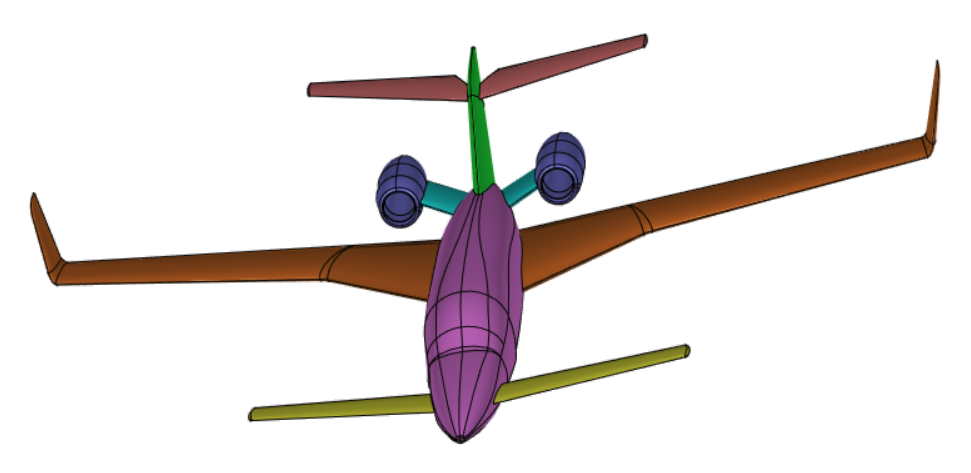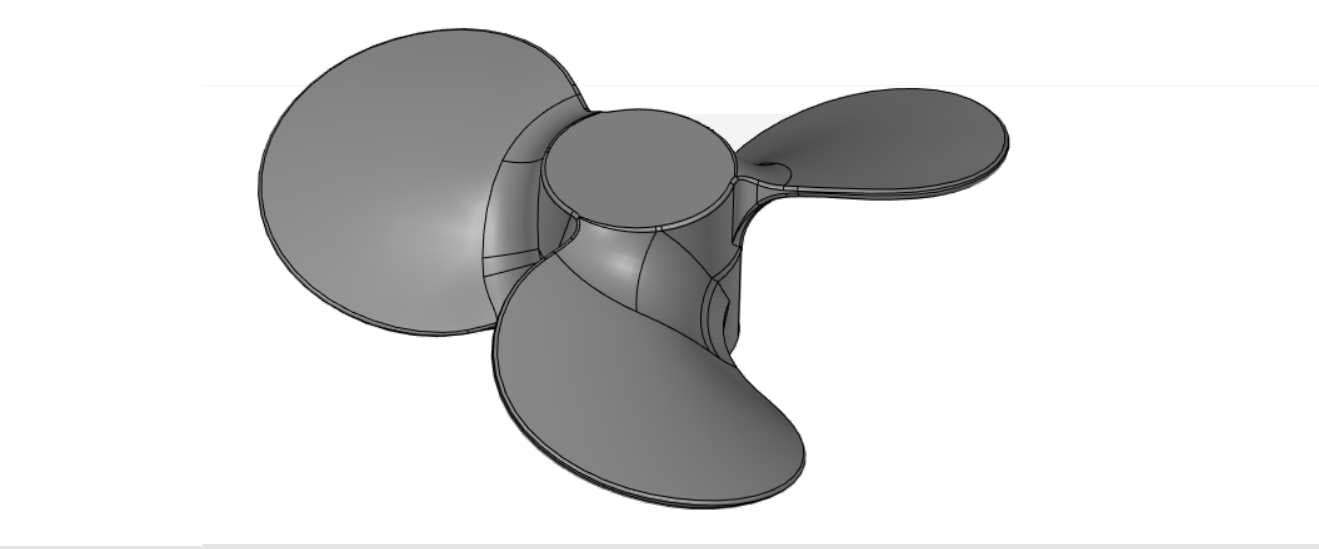Digital Modeling
Digital Modeling when used in 3D scanning services is the process of creating a computer generated 3D model of an object that exactly mirrors the scanned object. With the collected data from the point cloud collection device (aka 3d scanner), point cloud data is aligned and processed special software such as Geomagic or Polyworks to generate the 3D model. This 3D model can be thought of as a digital twin, and once created, the original point cloud is no longer used.
Why would you want a digital model? The truth is there are hundreds of reasons why one may want a digital model in this digital age that we live in. Probably the most common one that we see is that you want to create another copy of a part that you have. Regardless of how the part is made, whoever makes it is probably going to want drawings. More advanced manufacturers will want a 3D digital model, because they can feed it to their robotic manufacturing machines to create the part with less manual programming.
There are a few factors that we consider when it comes to digital modeling:
1) Shape: organic v.s. geometric. Generally, organic shapes are modeling using a semi-automatic process by which the scan is replaced with surfaces that conform closely to the scan such as polygonal models & or rapid NURBS autosurface models. If it is geometry-based such as most manufactured parts are, with planes, holes, angles, etc, it is generally modeled using geometric features that follow the scan shape, but are more of a replacement to the scan rather than using it directly.
2) Complexity. The part’s complexity often determines the amount of time it takes to create the digital model. Even small parts can be very complex, so size is not a good indicator of how much something will cost.
3) As-built or design-intent. If you are scanning a plastic part, it is very likely that this part has some warping or other type of distortion due to manufacturing defects. In fact there is not a single manufactured part made my man that is made perfect. All parts have some form of defect, however small. When creating a digital model however, we have the opportunity to remove all defects and create a digital part that is perfect, exactly the way the original designer intended it to be. Some customers want to see the flaws in the digital model though. For example, the part may be a replica of a very valuable antique car part. In that case, the part would lose authenticity if it didn’t have the same unique characteristics as the original.
Autosurface NURBS modeling is especially useful for preserving a part’s exact shape, flaws and all. Using exact surfacing, the NURBS surface is wrapped over the wire farm of the polygonal model and is a type of than can usually be brought into applications such as SolidWorks.
Advantages of Digital Modeling:
- Digital Modeling is typically a cost effective and faster solution than creating a hand-made prototype.
- Digital Modeling quickly and easily captures “solid” CAD models from organic contours.
- Digital modeling can capture Incredibly accurate 3D measurements for reverse engineering and part duplication.
- Digital models are easily visualized, rendered and manipulated in many different types of CAD software.
Examples of Digital Modeling Software:
- Geomagic Design X: Easy-to-use polygonal, NURBS and point cloud modeling to CAD inspections and comparisons.
- PolyWorks Modeler: Polygonal & point cloud modeling to CAD inspections and comparisons. PolyWorks can process large point clouds over 100 million points and easily integrates with all standard digitizers and articulating arms.
Contact us for your digital modeling needs


